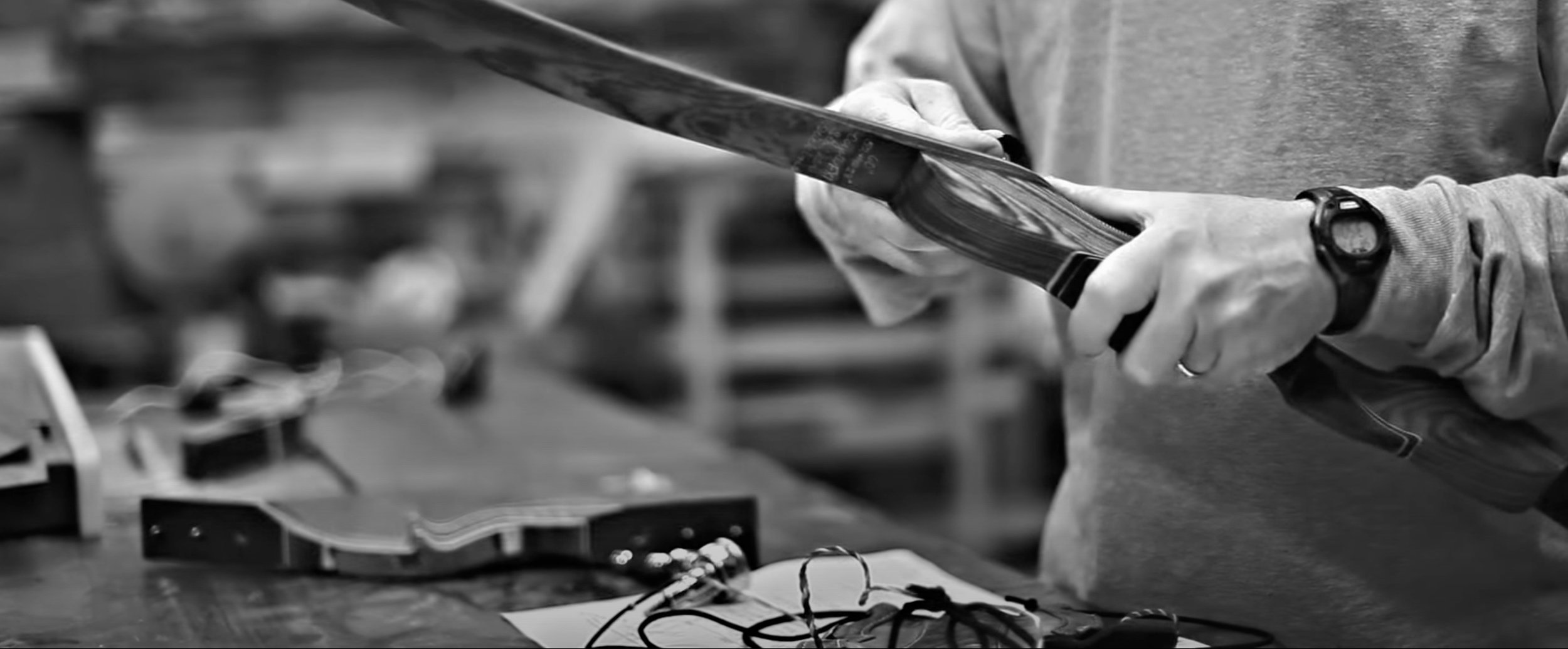
Making Accurate Measurements
Every variable that can be minimized is important when comparing one bow with another. Obviously when shooting a bow through a chronograph a shooting machine is required. But what about the other things that can have an effect on a bow’s performance?
This section will cover:
Draw weight scales
Arrow weight scales
Brace height
String weight
Arrow nock fit
Every variable that can be minimized is important when comparing one bow with another. Obviously when shooting a bow through a chronograph a shooting machine is required. But what about the other things that can have an effect on a bow’s performance?
Draw weight scales using springs can easily be off by one or two pounds. An accurate certified digital scale is crucial to making meaningful comparisons between bows. Unless your weight scale is regularly checked against certified weights the data collected about bow performance may well be inaccurate.
Arrow weight scales are another potential source of error. Again, accurate digital scales that are frequently calibrated ensure accuracy.
The AMO specifies a standard for draw length measurement. That standard can be summarized as follows: for “AMO” draw length, the actual distance the bow is drawn is measured from the pivot point of the grip and then 1.75” is added. So a 28” AMO draw length is actually 26.25” from the pivot point of the grip to the arrow nock. A 30” AMO draw length is actually 28.25” from the pivot point of the grip to the arrow nock. Varying the draw length even ¼” will make a measurable difference in arrow speed. Exactly measuring draw length and doing so repeatedly is critical to evaluating bow performance accurately. Other than using a shooting machine we don’t know of another way to achieve consistent draw lengths.
Much discussion about brace height occurs whenever two archers discuss how one bow performs versus another. And it is certainly true that varying brace height on any given bow will change arrow speed. On our ACS longbows we typically suggest a 1” range of brace heights. Based on our personal experience we’ve found that the “sweet spot” for that particular model bow usually lies within that range. All of our testing is done with the brace height set in the middle of that range. On our bows, varying brace height plus or minus ½” will change the arrow speed about 1.5 fps each way. Our philosophy is that each bow should be tested in the middle of the brace height range it’s designed for. Otherwise bow performance comparisons are reduced in value and accuracy.
String weight also makes a difference in arrow speed. Much has been written about string materials and string designs. But based on our fairly extensive experience we’ve found that varying string weight by 20 grains makes about 1 fps difference in the speed from our ACS bows. We usually test our hunting bows with 12-strand DF-97 flemish twist strings – the exact same string that we use to hunt with our bows. Again, we’re interested in determining how the bow performs for the archer. On conventional bows with heavier limbs and with lower SE/PDF and DE numbers, changing string weight as much as 75 grains is necessary in order to make a difference of 1 fps. Sort of like putting an extra 1000 pounds on an 18-wheeler that already weighs 35,000 pounds. You won’t notice it!
How tightly the arrow’s nock fits onto the string can also make a measurable difference in arrow speed. Especially with lower draw weights, a nock that fits too tightly on the string’s serving will not only fly erratically but it can also lower measured arrow speed by as much as 2-3 fps. And again, when comparing bows it’s critically important that we remove as many extraneous variables as possible. Remember – we want to measure the bow and only the bow!
